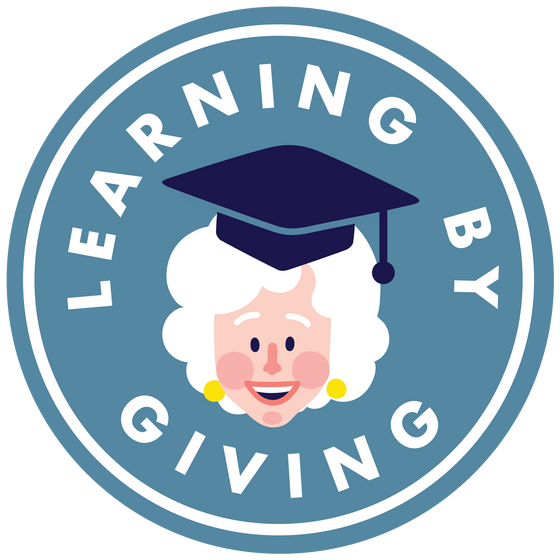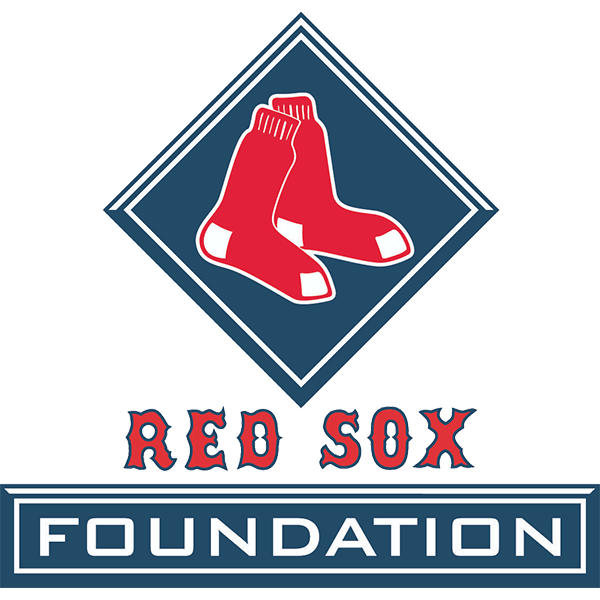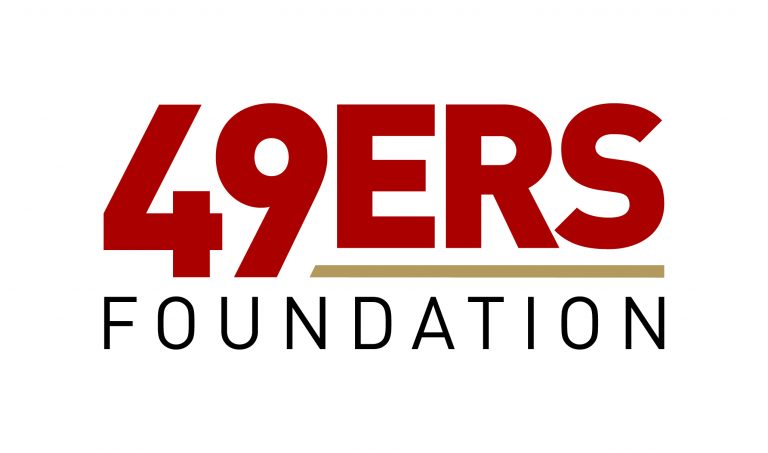Philanthropy and Criminal Justice Reform
Each semester, Learning by Giving asks students to write about their experiences in the classroom. For this exercise, students were asked, "are you able to see the need in your community, or is it invisible?". Our winning blog post is from Dawn-Marie Sullivan of George Washington University.
Criminal Justice Reform. This is the solution that collectively, the GW Arc Foundation, decided to work to address mass incarceration. Criminal justice reform is a very broad, overarching concept, so immediately after we chose this topic we knew that we had to narrow it down. This required research. Lots of research. Given that this project and course is part of the senior capstone for Human Services and Social Justice majors, we have spent years studying and understanding an array of social issues ranging from poverty to race relations. I have learned so much throughout my years in this major about inequity and different ways it can be addressed. Now this project is a real, tangible way for me to get involved and start to address this problem.
Our foundation researched the driving causes of what leads people to end up interacting with the criminal justice system. We spent hours researching academic journals in sociology and social work to understand the intersection of factors and identities that lead to high levels of mass incarceration. Sadly, we discovered that people of color are disproportionately impacted by the criminal justice system. We used government and nonprofit reports to better understand this problem, and it was shocking to discover that a lot of information surrounding this topic and data driving this conversation is from nonprofit organizations.
Another key concept we learned is that the quality of schools and the violence levels in communities can also be large determinants of whether an individual will become involved in the criminal justice system in the United States. This is highlighted by the concept of the “school-to-prison” pipeline (Elias, 2013). Another final source of information was anecdotal information provided by nonprofit organizations that was taken from individuals who were previously incarcerated and disclosed their experiences. These stories had the largest impact on me because it truly gave a human face to the numbers that were given.
By our class learning this background information and having a better understanding of what leads to interactions with the criminal justice system we were able to create and develop GW Arc Foundation’s mission and vision. We then turned to local DC statistics provided by the government of the District of Columbia to understand the local area and problem. We learned that high levels of incarceration definitely impact the DC area. This was heartbreaking to discover. However, it also solidified our decision to pursue this as our social problem to address.
Mass incarceration is not something that is easily visible to the eye. The city does not have posters bragging about the number of individuals who were arrested. It is not something that is obvious when walking by the Capitol Building or riding on the Metro. It is quite literally the opposite. Mass incarceration sadly has the ability to hide people and take people, in often unfair and disproportionate ways. How do we avoid this? How do we combat this? To understand the problem, we must understand the root.
Although we may not see the jarring statistics, we can see the risk factors. We know that residents in Washington, DC experience alarmingly high rates of poverty and that there are large wealth disparities throughout the District. The Annie E. Casey Foundation reported last year that about 26% of children in Washington, DC are experiencing poverty which is greater than the national average of 18% of children (Glambrone, 2019). A statistic that truly shocked me, and others in my class, was the stark inequality in Washington, DC. In 2017, it was reported that off all states and territories that are a part of the United States, that Washington, DC has the highest level of income inequality (Naveed, 2017). As human services and social justice majors, our class was cognizant of these problems prior to this research, but actually reading and beginning to digest these statistics was eye-opening and heartbreaking.
As students who walk the streets every day, we too often become consumed in our own lives and struggles. When is our next paper due? What time do we have to be at our internship? All these items can begin to consume our lives and leave us to forget about the larger problems in our community. Especially specific problems that may be invisible. Although criminal justice reform is no easy feat, and criminal justice may not be as apparent as other social problems, this is a problem that collectively we need to address to prevent unfair, inhumane treatment of people within our community.





